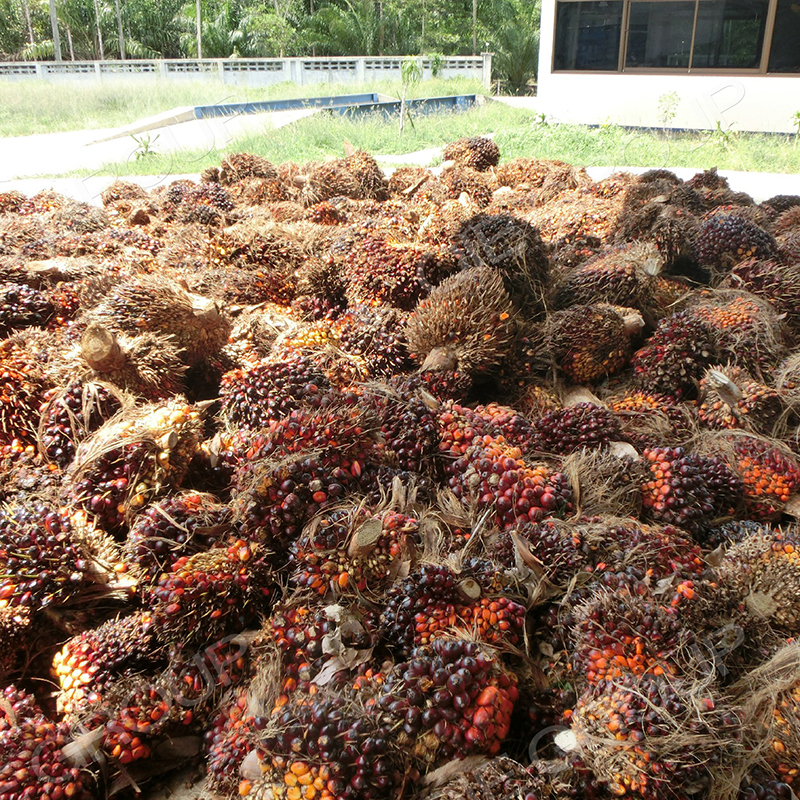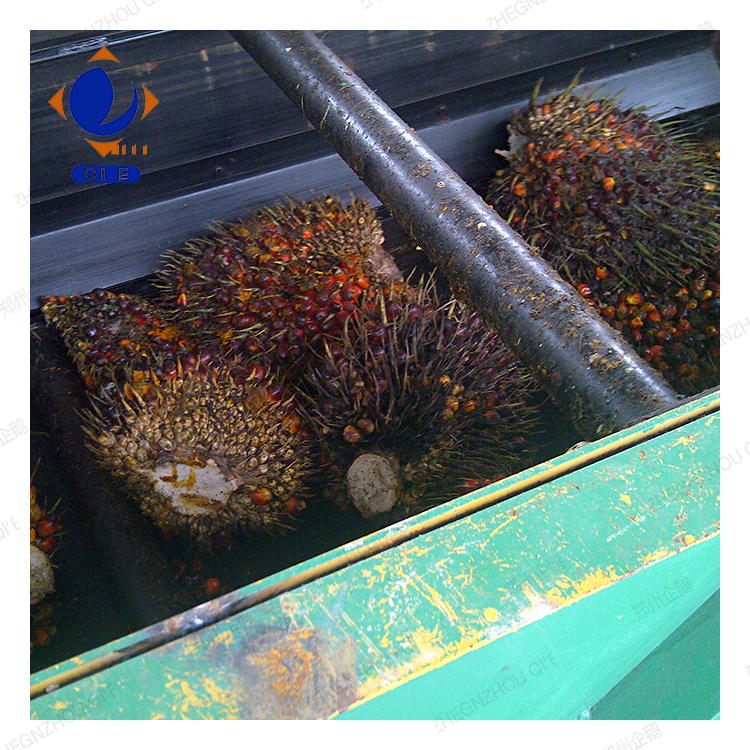
When it comes to extracting high-quality sunflower seed oil, mastering the physical pressing process is key. Your ability to optimize pressing pressure and temperature directly determines not only the oil yield but also its nutritional integrity—especially vital components like vitamin E (VE) and polyunsaturated fatty acids such as linoleic acid. If you're struggling with low oil yields or high residual oil in cake, this guide is tailored for you, combining technical data and practical insights to help you unlock your operation’s full potential.
The physical pressing of sunflower seeds relies on mechanical force to squeeze oil out of the seed kernels. Standard pressure ranges between 15–30 MPa, while temperature control typically varies from 40°C to 65°C. Both parameters work in tandem:
For example, operating at 25 MPa and 55°C can reasonably achieve an oil yield of up to 40–45% from raw seeds. Note that pushing pressure above 30 MPa or temperature beyond 65°C can degrade oil quality, accelerating VE loss and damaging unsaturated fatty acids.
How do different pressing methods impact crucial nutrients in sunflower seed oil? Let’s take a data-driven look:
| Extraction Method | Vitamin E Retention (%) | Linoleic Acid Integrity (%) | Typical Oil Yield (%) |
|---|---|---|---|
| Cold Pressing (≤45°C) | 95–98% | 96–99% | 30–35% |
| Hot Pressing (50–65°C) | 85–90% | 90–95% | 40–45% |
| Solvent Extraction | 75–80% | 85–90% | 45–50% |
As you can see, cold pressing preserves most nutrients but sacrifices yield, while hot pressing offers a balanced middle ground. Solvent extraction maximizes yield but at a cost of nutrient quality due to chemical and thermal impacts.

Your pressing results strongly depend on how well you prepare your sunflower seeds prior to pressing. Key factors include:
Real-world data collected from mid-size pressing plants show that optimizing moisture and applying mild pre-heating can boost oil extraction by up to 8% compared to untreated seeds at constant pressure.

One widespread misconception is equating higher pressure directly with higher oil yield — but excessive pressure often leads to heat generation and oil quality degradation. Here are focused tips you can apply immediately:
Remember, your pressing efficiency might be limited by the smallest overlooked step. Let every drop of sunflower seed oil be truly valuable—optimized, nutrient-rich, and abundant.

Your pressing experiences and challenges matter. Have questions about your specific setup or want personalized advice on improving your sunflower seed oil pressing? Drop your comments below — Our experts are ready to help you maximize your output and product quality.

